P21 Gallery in London has established, reACT, an innovative program to promote and support emerging and student artists whose work is dedicated to or inspired by the Middle East & Arab world by providing a space within the P21 Gallery and (or) P21 Gallery website for an artistic intervention. reACT aims to contribute in building and strengthening cultural ties and dialogues between the East and West on terms designed by a younger generation.
Mishelle Brito is the curator for this year’s reACT winning exhibition titled The Ocean That Has Been Calling Me by Maciek Stepniewski.
Brito is a London based artistic programmer and curator working to create dialogues relating to societal concerns in the Middle East through art, culture and creative based methods.
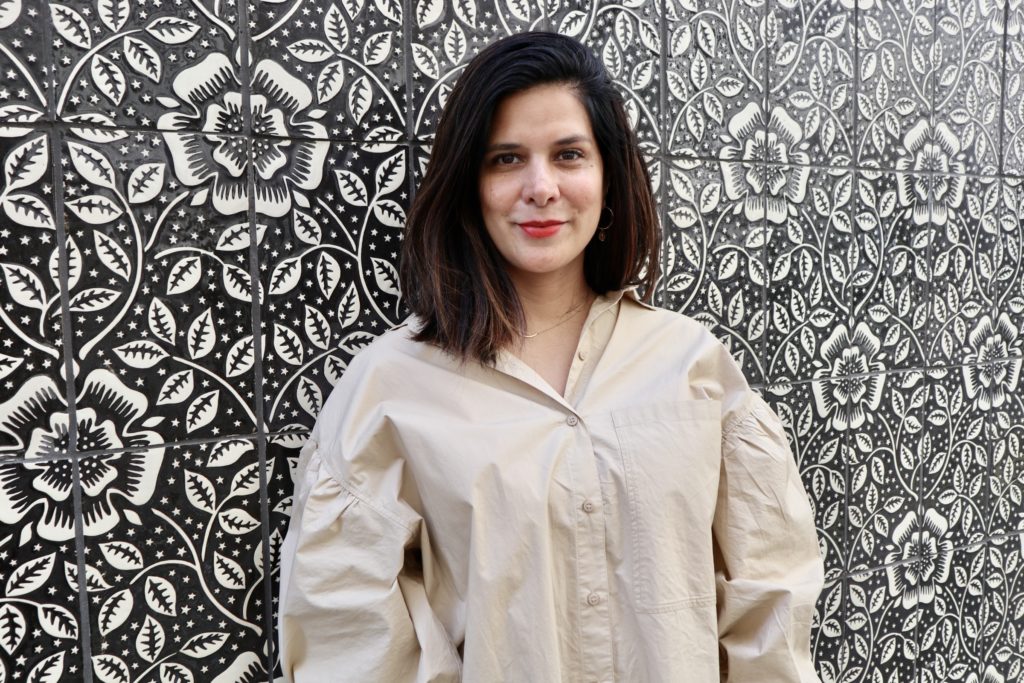
Saira Malik (S.M): Where is P21 Gallery located and how did you get involved with it?
Mishelle Brito (M.B.): P21 Gallery is located in Somers Town / Kings Cross in London.
I came from New York City to do a Masters Program at City, University of London in 2016. I interned at P21 Gallery during my program and stayed on doing mostly communications projects. A couple of years later the director of the gallery thought I’d be a great fit to take over their reACT program and here I am!
S.M.: Can you talk to us about the reACT program by the gallery and how the current artist and his work were picked for it?
M.B.: The reACT program was established by P21 Gallery to promote and support student and emerging artists whose artwork is dedicated to or inspired by the Arab world. The focus is on creating opportunities for young artists globally (Arab & non-Arab) to contribute towards educating and contributing in building and strengthening cultural ties and dialogues between the East and West.
reACT artist, Maciek Stępniewski (for Khaleejesque interview with Maciek, click here), applied to our open call earlier this year for an online residency. I chose his work based on a few factors but mostly because I found his work to be not only relevant but visually stunning. The artwork provides an alternative perspective of an Arab country not often seen by the west, in my opinion. The potential of the impact the work would have on the audience was also a factor.
S.M.: What did your role as a curator of this exhibition involve?
M.B.: When I first reached out to the artist, he told me he had planned to somehow exhibit the images he submitted or create a project from them, but was not sure how to start. Together we developed a concept for the project & put together different elements of the artists’ work from his travels to develop a more robust engaging exhibition.
We then focused on the themes throughout the artwork to create a unified message and worked on displaying that message through the online content you see on the website.
Creating an audience participatory element was also key. By allowing the audience to become a part of the project as it evolves, we ensure that the artist walks away from this residency not only with the experience of exhibiting his work, but also give him the tools to further develop it down the line as well.
S.M.: Tell us about your approach and what were you aiming to achieve with this exhibition?
M.B.: My approach for this project was to help the artist tie together all the fragmented, individual pieces of his work into one unified powerful exhibition.
Because I knew his photographs were visually powerful on their own, meaning that the artwork spoke for itself, I knew that the aim had to be to create an overarching message that would make an impact on the audience, something that bonds them through the work.
The images in the exhibition are beautiful and represent Morocco and the region very well, but they are images that are first and foremost of our earth, and moreover ourselves. We are reflected in the artists’ work because we are a part of the earth and its natural beauty. The climate crisis we are facing is not just a Moroccan / Arab issue, it’s a humankind issue. This was my aim, to shine a light on the climate crisis but also to have the audience feel represented and seen in the work.
S.M.: This is an exhibition that can be viewed online. What are some of the challenges you faced while planning and executing it to ensure that the online audience gets the complete experience?
M.B.: Because it’s an online exhibition, adding too many layers and pieces to the exhibition can make the audience feel a bit lost, like there’s too much going on. It was challenging to decide whether or not to add the audio pieces to the images as we didn’t want to have this happen.
However, we also felt it was vital to the message as a whole to add this element. We felt it not only gave the overall exhibition depth but compliments the images well. Through the images you see the stunning landscape and nature of what could be anywhere in the world, but the audio really gives it depth and helps you to feel Morocco, to place yourself in this part of the world exactly. Because the artist composed the music from field recordings from his travels, you feel the inspiration behind the music instantly and feel more connected to what you’re seeing.
Creating that experience for the audience, while challenging, hopefully paid off.
S.M.: How would you describe this exhibition?
M.B.: We call “The Ocean That Has Been Calling Me” an “audiovisual journey” because clearly we’re exhibiting photographs and accompanying audio in one online space. However, this exhibition is so much more than that: For one, it’s a call to action. We want the audience to not only experience the climate crisis through this exhibition but to be moved to act based on what they feel.
By eliminating man as a central figure from the images, the artist points to our anthropocentrist nature. Like I mentioned before, the goal is to allow us to reflect instead on what’s around us and how we are a part of it, and not just the problem but the solution as well. I would describe “The Ocean That Has Been Calling Me,” as a hopeful sentiment for our planet & for humanity.
Words: Saira Malik and Mishelle Brito
Images: courtesy of P21 gallery
For more check out P21 Gallery's Instagram, here!
or for curator Mishelle Brito, click here!

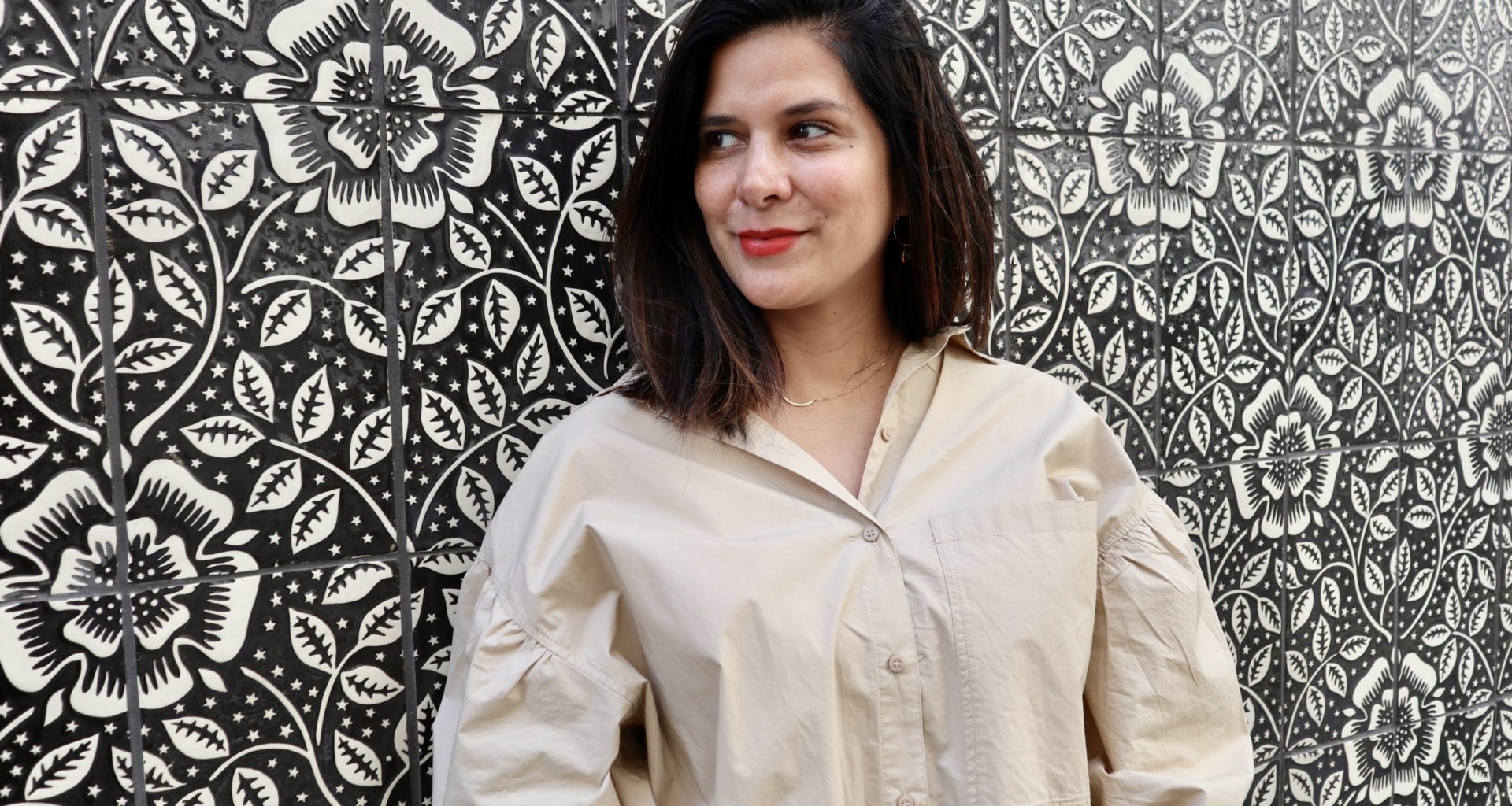



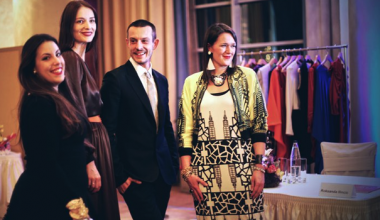
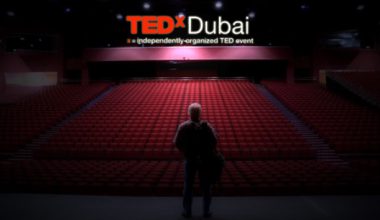
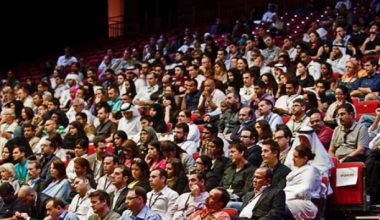
1 comment